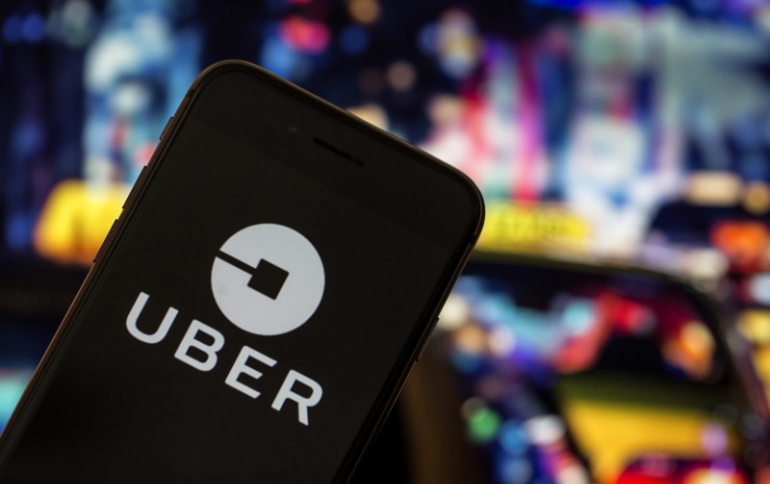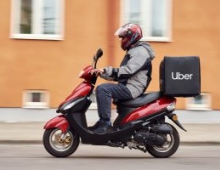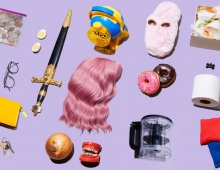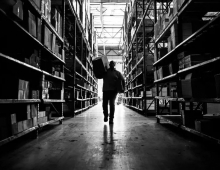
Uber Sees Food-delivery Momentum, Says Rides Are Recovering
Uber Technologies Inc’s ride service bookings slowly recovered in recent weeks as the company expects a coronavirus-related slowdown, and said that its loss-making food delivery unit saw a high demand.
Uber posted a 14% rise in revenue for the first quarter, supported by a jump in food-delivery orders at its Uber Eats business.
Uber CEO Dara Khosrowshahi said stringent cost cutting, to the tune of more than $1 billion in 2020, would ensure the company stayed on track. Uber on Wednesday said it would lay off 3,700 full-time employees, or roughly 17% of its head count.
“While our Rides business has been hit hard by the ongoing pandemic, we have taken quick action to preserve the strength of our balance sheet, focus additional resources on Uber Eats, and prepare us for any recovery scenario,” said Khosrowshahi. “Along with the surge in food delivery, we are encouraged by the early signs we are seeing in markets that are beginning to open back up. Our global footprint and highly variable cost structure remain an important advantage, as our expectation is that the Rides recovery will vary by city and country.”
“Our ample liquidity provides us with substantial flexibility to navigate the current crisis, but we are being proactive and taking actions to emerge stronger and more focused as a company,” said Nelson Chai, CFO. “We have recently exited eight unprofitable Eats markets, significantly reduced the size of our customer support and recruiting teams, and merged our JUMP unit into Lime. Building on the steps we have already taken, we are continuing to look at all levers to ensure our core Rides and Eats businesses emerge from this crisis stronger than ever.”
The company said trip requests had dropped 80% globally in April, but were slowly recovering. In the United States, ride requests were up 12% last week from their lowest point in April.
Global lockdown orders helped Uber’s food delivery unit, with many new customers and restaurants signing up for the service as eateries were shuttered.
Uber recorded $3.54 billion in total revenue for the first three months of the year, but still posted a $2.9 billion loss in the period. That included a $2.1 billion pretax writedown of the value of some of Uber’s minority investments.
Revenue at Uber’s ride-hailing business increased 2% on a yearly basis, but dropped more than 18% from the prior quarter.
Quarterly revenue from restaurant food deliveries rose by more than 50% to $819 million on a yearly basis, but yearly revenue growth at the unit decelerated significantly from the previous quarter.
Uber’s food delivery business has traditionally been a drag on the company’s bottom line due to heavy spending on customer promotions and driver incentives.
Uber Eats recorded a $313 million loss in adjusted EBITDA in the first quarter, reducing losses by 32% from the previous quarter. The company said it expected a similar loss in the second quarter.
Uber said new deals with large food chains, including Chipotle Mexican Grill Inc and burger company Shake Shack Inc, would extend its appeal to hungry customers.
Khosrowshahi said the company was now working on entering the grocery delivery market, both through acquisitions and expansions, and even considering package delivery through its ride-hail drivers.





















